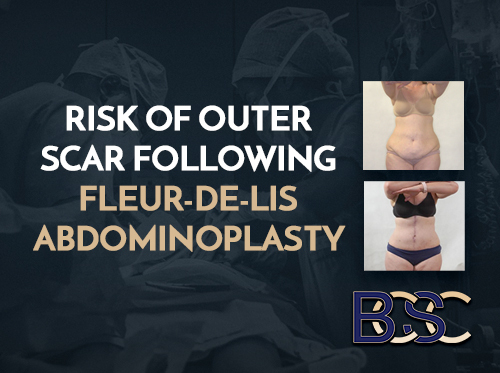Preparing for Brachioplasty Surgery
If you’re dreaming of toned arms but are living with saggy skin, arm lift surgery could be the solution. The truth is, fantasising about what life would be like after an arm lift and actually having surgery are two different things. If you’re serious about having an arm lift, it’s up to you to get the process started.
Before coming in for surgery, there are a few steps you’ll need to complete. This article will guide you on what to expect from meeting your surgeon for the first time to preparing for surgery and the downtime that follows.
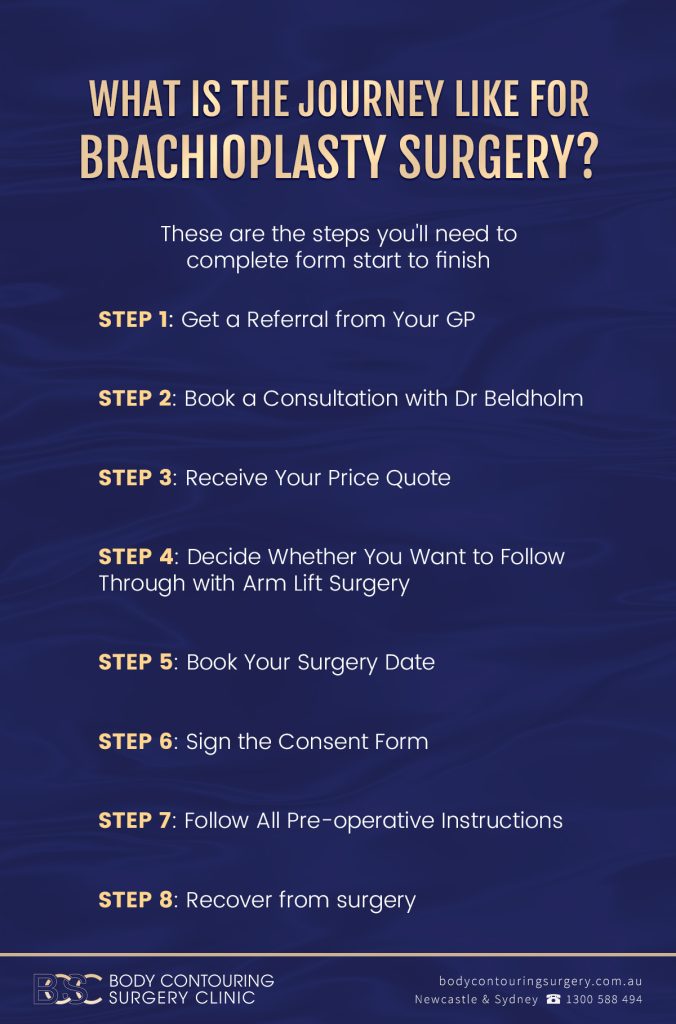
Infographic: What is the journey like for Brachioplasty Surgery
Step 1: Get a Referral from Your GP

If you have excess skin on your upper arms after losing weight, your first stop is your primary doctor. While general practitioners may not know all the details of excess skin removal surgery, they can give you a referral to speak to a surgeon that specialises in body contouring procedures.
Step 2: Book a Consultation with Dr Beldholm
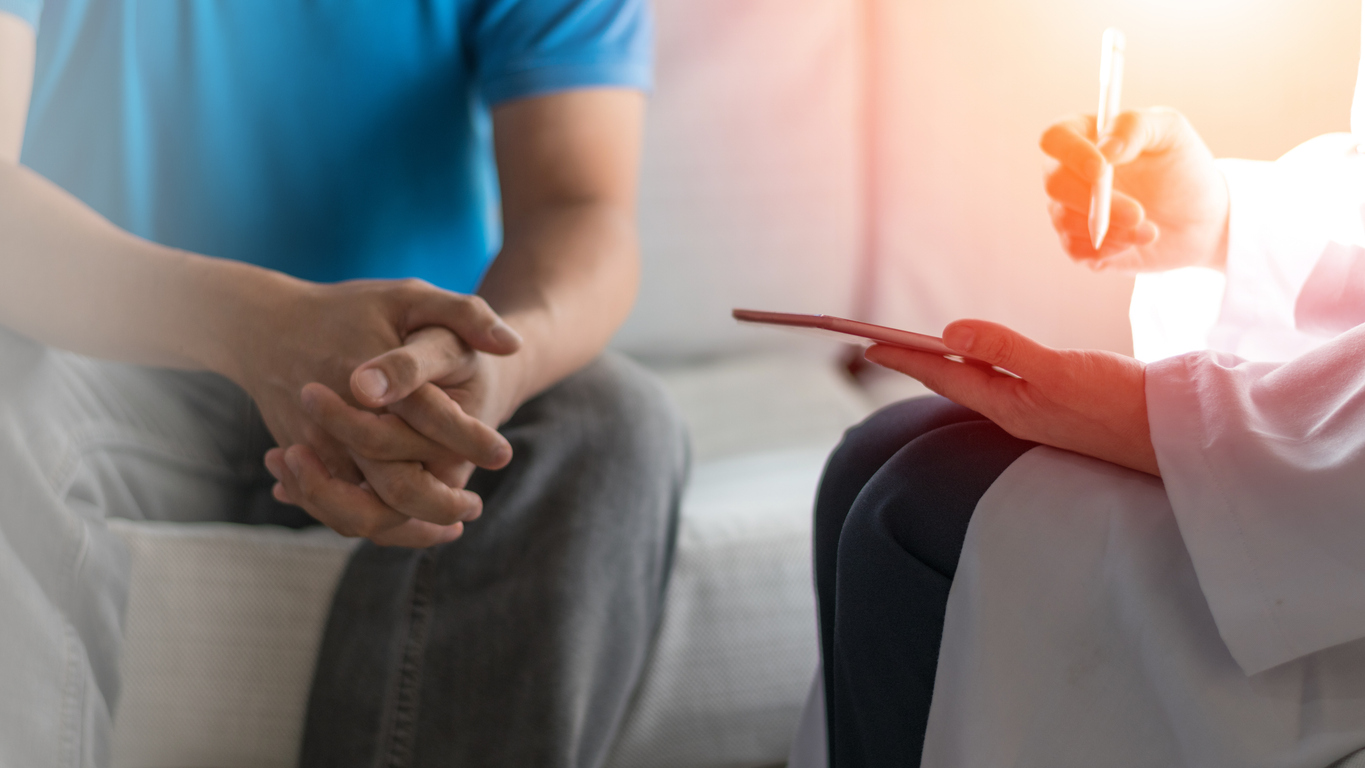
Surgical consultation | Body Contouring Surgery Clinic Pty Ltd
People with excess arm fat or loose skin after weight loss may decide to have a brachioplasty procedure. An arm lift operation can tighten the upper arm skin and underlying tissues as well as get rid of arm fat.
To determine whether an arm lift is appropriate for you, you’ll need to speak to a qualified surgeon. Dr Bernard Beldholm, FRACS has been helping patients remove saggy skin after weight loss and pregnancy for over 12 years.
After getting a referral from your GP, simply call Dr Beldholm’s office or book your consultation online. Leading up to your appointment, feel free to write down a list of questions you want to ask him.
The goal of your consultation with Dr Beldholm is to help you decide if a body contouring procedure (such as an arm lift) is right for you. His consultations typically last 60 minutes. This should be plenty of time to be evaluated and get answers to all your questions.
Like most surgeons, Dr Beldholm charges a non-refundable consultation fee. The fee will go toward your surgery if you decide to move forward.
Here is a summary of what to expect during your first consultation.
Dr Beldholm will ask about your aesthetic concerns
Dr Beldholm’s consultation takes place in his private medical office. He will ask about the cosmetic issues that you’d like to address. If you have functional issues such as chronic discomfort or rashes from sagging skin, he will note this in your chart.
He will review your medical history
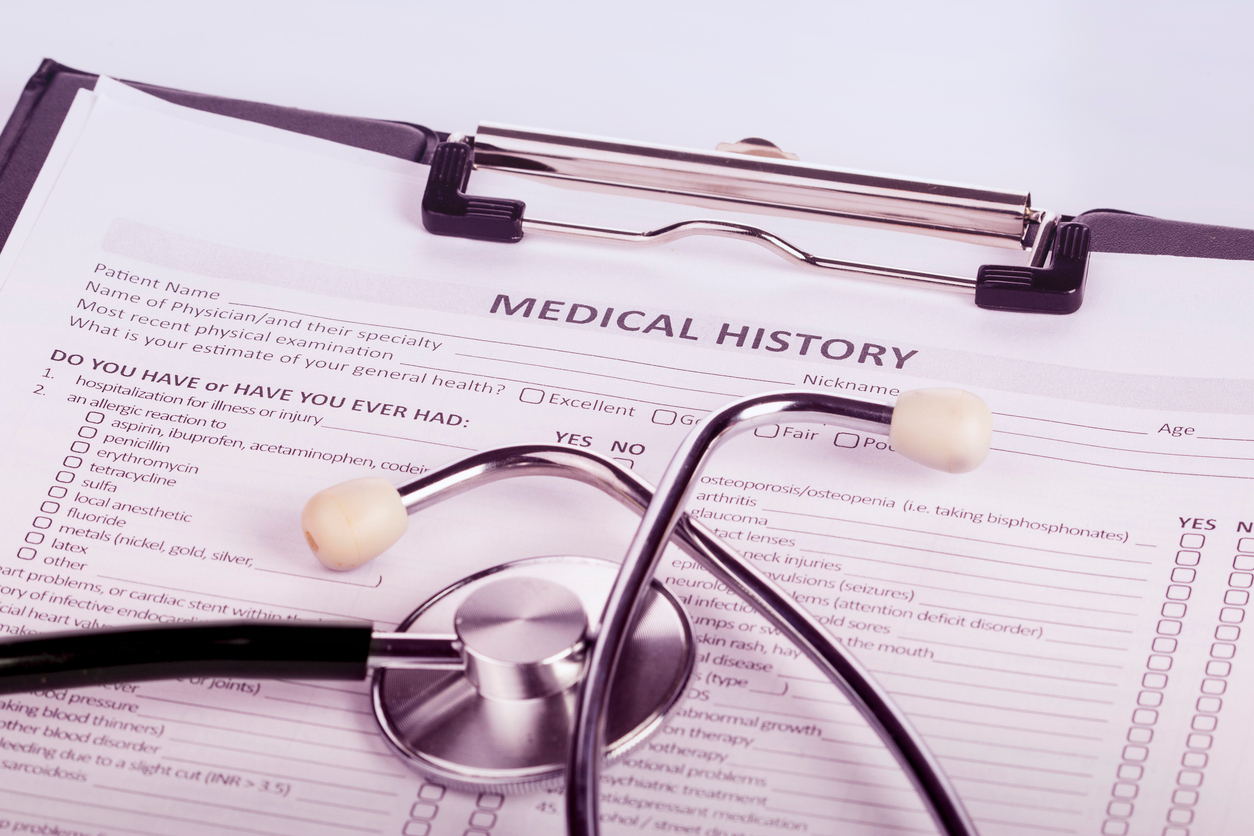
Medical History | Body Contouring Surgery Clinic Pty Ltd
Dr Beldholm will review your health history and ask about any current medications you are taking.
What HEALTH conditions would make IT TOO RISKY TO HAVE an arm lift ?
Here are some contraindications to cosmetic surgery procedures such as an upper arm lift.
- Obesity
- Current tobacco use
- Uncontrolled diabetes
- Active pregnancy or breastfeeding
- Bleeding or blood-clotting disorders
- Respiratory or cardiovascular disease
- Unreasonable aesthetic goals or expectations
- Mental health issues or cognitive deficits that may impair the ability to make decisions related to medical care.
Get your ‘before’ photos taken
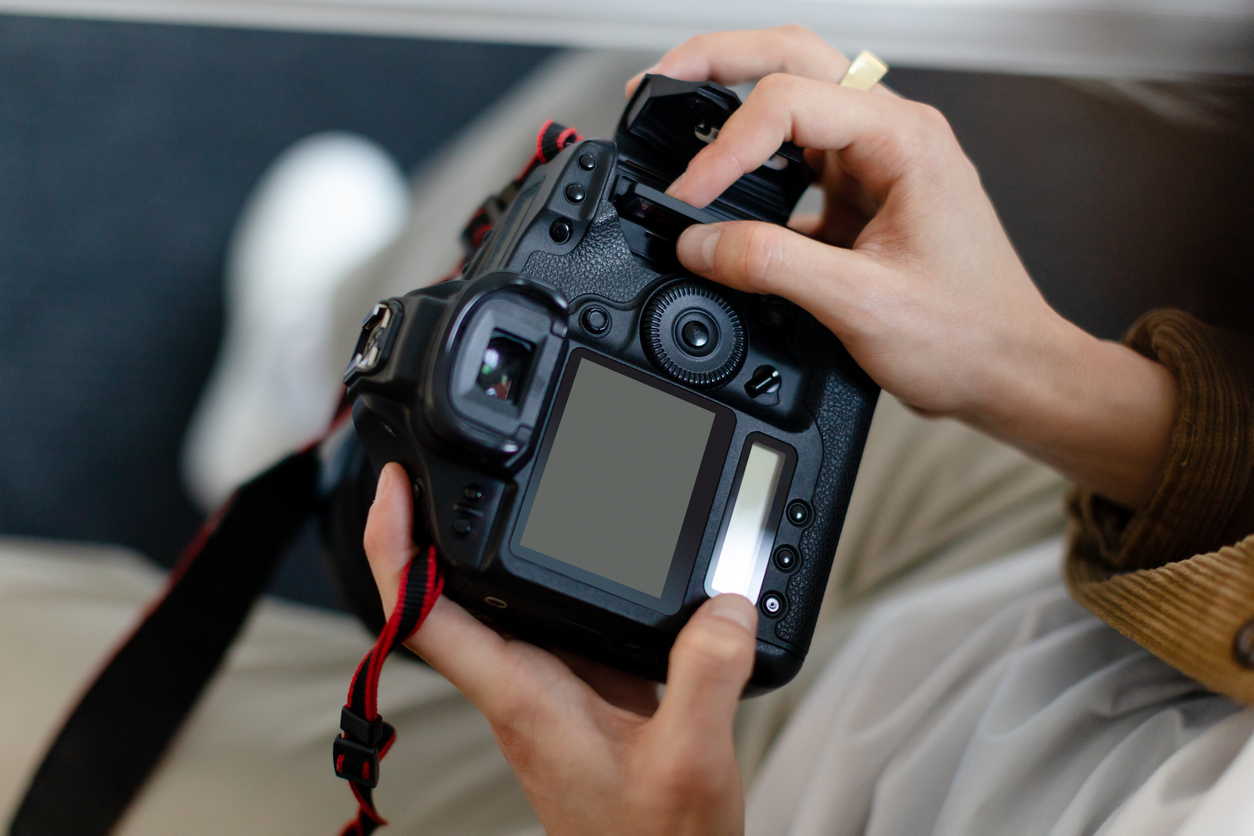
Dr Beldholm will take photos of your arms from various angles. This helps him to plan the operation. If you decide to have surgery, you will be able to compare your before and after arm lift photos. Your photos will never be published without your written consent in accordance with the law.
Receive your surgical plan
If you are a candidate for arm lift surgery, Dr Beldholm will create a bespoke surgery plan for you.
Types of Arm Lifts
The type of arm lift your surgeon recommends is based on the extent of upper arm skin laxity and how much excess fat is present.
- Mini Arm Lift
- Full Arm Lift
- Extended Arm Lift
- Arm Lift and Liposuction
Learn about the risks of arm lift surgery

Dr Beldholm will review the risks with you. Potential risks include asymmetry, wound healing problems, infections, blood clots, nerve damage, respiratory issues, a heart attack from general anesthesia, etc.
If you prepare for surgery as directed by your surgeon, you will be less likely to have an issue. For example, patients should not smoke before and after cosmetic surgery. A patient that smokes will have an increased risk of complications. Smoking can also slow wound healing.
Step 3: Receive Your Price Quote
After your consultation, you’ll receive an email price quote from Dr Beldholm’s office outlining how much an arm lift costs. There are three separate fees:
- Hospital fee
- Anaesthetist fee
- Dr Beldholm’s surgeon fee
Click here to view Dr Beldholm’s current surgeon fee for arm lifts.
Step 4: Decide Whether You Want to Follow Through with Arm Lift Surgery
With most of your arm lift questions answered, you should feel better equipped to decide whether to have surgery. While having cosmetic surgery is a personal choice, you are welcome to discuss it with your family or trusted confidants. If you need further information before making a final decision, you may return to Dr Beldholm’s office for additional consultations at no extra charge.
Factors to Consider
You’ll need to decide whether you can afford the cost of arm lift surgery. You must also consider whether the possible risks of arm surgery are worth it. Finally, you’ll need to be willing to live with surgical scars on your upper arms. The scars usually fade, but are unlikely to disappear completely.
Step 5: Book Your Surgery Date
Arm lift surgery comes with a few weeks of downtime. When choosing a date for your operation, select a time when you can take at least two weeks away from work and driving to recover.
Step 6: Sign the Consent Form
Dr Beldholm will give you a list of arm lift risks and complications to review. Before your operation, you’ll need to read and sign a consent form to demonstrate that you accept the possible risks.
Step 7: Follow All Pre-operative Instructions
Here are a few ways to prepare for elective surgery to remove excess skin.
- Quit smoking if you are a tobacco user.
- Get fitted for your compression garment.
- Complete lab work if your surgeon requests it.
- Request two to three weeks off work to recover.
- Arrange for someone to drive you to and from the hospital.
- Attend each pre-operative visit with your surgeon as scheduled.
- Follow your anaesthetist’s instructions to prepare for general anesthesia.
- Avoid NSAIDs, blood thinners, herbal supplements, and Vitamin E leading up to your surgery.
- Tell household members you will need assistance with chores, errands, meals, and driving for the first two to three weeks.
- A few days before your operation, prep your bed/sofa with extra pillows, buy groceries, prepare frozen meals, and place laptops, charging cables, etc. on your nightstand or end table to make your recovery a little easier.
Getting Prepared to Cope With Recovery

Recovering from surgery | Body Contouring Surgery Clinic Pty Ltd
The arm lift recovery period is a time of excitement and optimism for many patients. Others find it more challenging. There can be some emotional ups and downs. There can be pain, bruising, swelling, and soreness in your arms after the procedure, which can be eased with medications. You may feel cranky or frustrated that you can’t engage in all your normal daily activities as you heal. Boredom may set in, so you’ll need to find ways to stay entertained (especially during the first few days after leaving from the surgical facility). An important part of preparing for an arm surgery is getting mentally prepared for the highs and lows.
Recovery 101
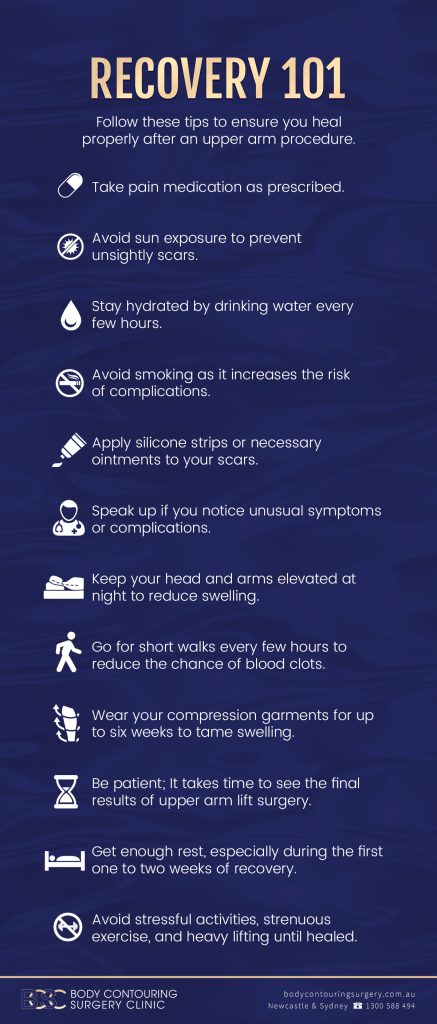
Infographic – Recovering from Brachioplasty Surgery
Follow these tips to ensure you heal properly after an upper arm procedure.
- Take pain medication as prescribed.
- Avoid sun exposure to prevent unsightly scars.
- Stay hydrated by drinking water every few hours.
- Avoid smoking as it increases the risk of complications.
- Apply silicone strips or necessary ointments to your scars.
- Speak up if you notice unusual symptoms or complications.
- Keep your head and arms elevated at night to reduce swelling.
- Go for short walks every few hours to reduce the chance of blood clots.
- Wear your compression garments for up to six weeks to tame swelling.
- Be patient; It takes time to see the final results of upper arm lift surgery.
- Get enough rest, especially during the first one to two weeks of recovery.
- Avoid stressful activities, strenuous exercise, and heavy lifting until healed.
Preparing to Maintain Your Arm Lift Results
After an upper arm lift, extra skin can return if you gain and lose weight. You may need to make lifestyle changes to maintain your results.
Skip unhealthy habits
Smoking and tanning contribute to loose skin, so you should avoid these activities after your procedure.
Exercise regularly
Rest is important in early recovery. You won’t be able to go to the gym during the first few days to weeks after your procedure. However, exercise should be ingrained in your weekly routine after the healing process comes to an end six weeks later. As the swelling resolves, you should feel more comfortable engaging in physical activity.
Choose healthy foods
A nutritious diet is equally important to maintaining your arm lift results. Healthy eating will help you avoid gaining extra fat in the upper arms after your procedure. You don’t have to stop eating or try fad diets. Instead, choose healthy foods at mealtime and avoid consuming too many kilojoules per day.
Learn More About How to Prepare for Arm Lift Surgery
Ask your doctor for a referral to speak with Dr Bernard Beldholm, FRACS — a specialist surgeon for body contouring in Newcastle and the surrounding areas.



